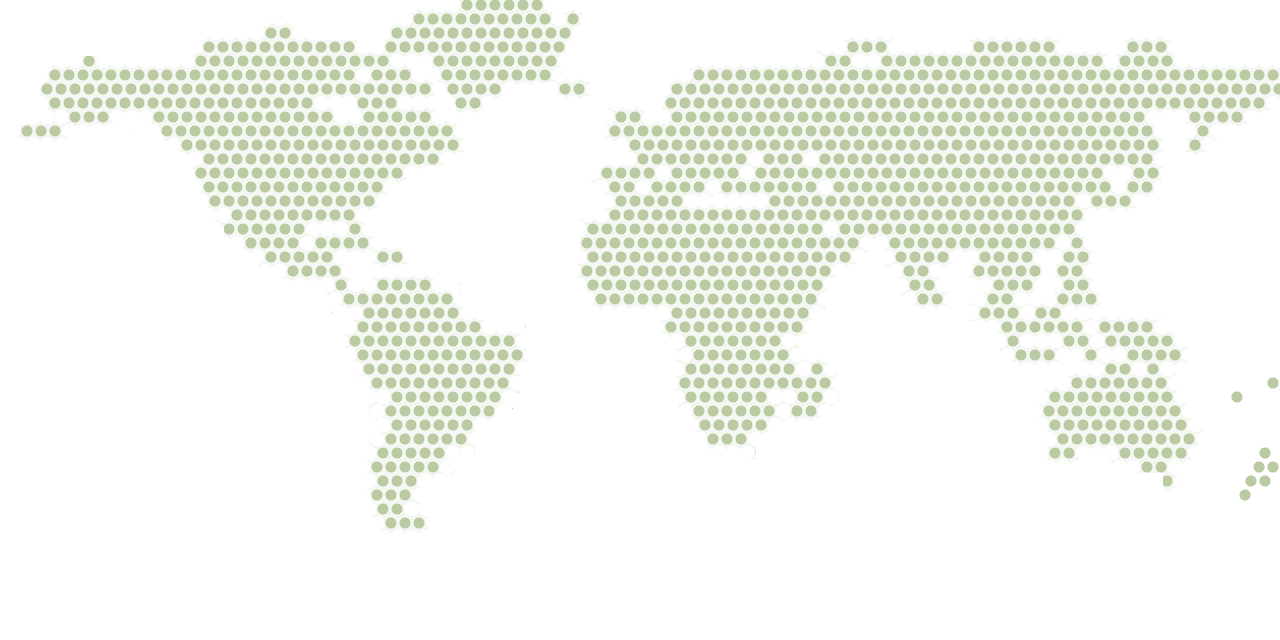Activity List
Activity List
CHALLENGEForests along Vietnam’s extensive coastline help promote adaptation and resilience against the impacts of climate change, including by reducing coastal and inland flooding, regulating water flow and quality, stabilizing hillsides, and sequestering carbon. These are all services that have the potential to generate revenue and leverage finance for larger-scale action.Vietnam’s investments in forest rehabilitation over the last few decades have resulted in increased forest cover and an expanded timber industry. However, a primary focus on aforestation for wood supply has reduced the…
Read More
CHALLENGEIndonesia has a long history of poor forest management resulting in high levels of deforestation and forest degradation. To address this challenge, the Government is in need of an operational approach to knowledge management and information system (KMIS). This PROFOR activity involves a rapid stocktaking in the use of global good practice in modern information and communication technology (ICT), in development of a comprehensive KMIS in Indonesia.APPROACHExpected outcomes include:Improved awareness of relevant modern datasets, ICT tool and systems, and global good practice in…
Read More
ChallengeIn the last two decades the impacts of natural disasters have been devastating, affecting over 4 billion people and killing more than 1 million, while causing around $2 trillion in economic losses. Natural disasters promote inequity and affect the poor and vulnerable the most.Disaster risk management focuses on the fact that by taking action to reduce vulnerability and strengthen resilience, countries can protect lives and assets from known risks. At the same time, countries can also control the creation of new risks by implementing the right policies and interventions. In this…
Read More
CHALLENGEAs assessment in the 1990s found that Georgia’s forest cover accounts for approximately 40% of the country’s land area. However, no updated assessment has been conducted since then. The forest area may have increased due to natural regeneration in abandoned farms in mountainous areas; but illegal logging may have led to considerable forest degradation as well. A number of efforts are underway in Georgia to gain a better understanding of the country’s forest resources and policy challenges, but there is still little information on how the rural population depends on forests, how…
Read More
CHALLENGEDeveloping countries are expected to suffer the most from changes in climatic patterns. The effects of climate change, including higher temperatures, changes in precipitation patterns, rising sea levels and increased frequency of weather related disasters are bound to create risks for agriculture, food, and water supplies. International and national discussions on forests and climate change have largely been focused on reducing emissions from deforestation and degradation and enhancing carbon stocks (REDD+).Less obvious, yet equally important, is the role of forests in enhancing…
Read More
PROGRAM SUMMARYThe overarching goal of this project is to assess the impact of landscape programs on livelihood and resilience outcomes in Ethiopia and inform the future design of the programs. Overall, the study seeks to understand the effects of the landscape programs on the outcomes such as household livelihoods, diversification of income generating activities, agricultural productivity and resilience to extreme events.CHALLENGEThe World Bank has been investing for landscape programs in Ethiopia. Despite of the large investments in this area of work, there is little evidence to understand…
Read More
CHALLENGE In an effort to combine economic and ecological benefits, China’s forest tenure reforms aimed to provide farmers with stronger incentives to manage and protect forest lands, invest in them, and allow their transfer to better uses. To do so, they aimed to establish individual management on some 100 million hectares of forest which provides a livelihood for more than 400 million individuals. Given their size and far-reaching nature, these reforms have often been described as China’s ‘third revolution’ after collectivization and adoption of the household responsibility system. Indeed,…
Read More
CHALLENGEThere is growing concern that Brazilian agriculture and forestry sectors are increasingly vulnerable to climate variability and change (eg. a decline in productivity of subsistence crops in northeastern Brazil; increased risk of fire and Amazonian forest dieback). To meet development, food security, climate adaptation and mitigation, and trade goals over the next several decades, Brazil will need to significantly increase per area productivity of food and pasture systems in central and southern Brazil while simultaneously reducing deforestation, rehabilitating millions of hectares of…
Read More
Over a period of five years (1995-2000), the Intergovernmental Panel on Forests (IPF) and the Intergovernmental Forum on Forests (IFF) met to examine a wide range of forest-related topics. This dialogue resulted in more than 270 proposals for action on how to move towards sustainable forest management (SFM), representing significant progress and international consensus on this issue. This booklet is a consolidated summary of the IPF/IFF proposals for action aimed at facilitating national-level assessment and implementation. The summary is organized according to the fifteen programme elements…
Read More
CHALLENGEMore than 60 percent of Syria’s poor people live in rural areas and more than half of these depend on agriculture for their livelihood. The country’s forests, which include 23 natural protected areas rich in biodiversity, also represent a significant source of livelihoods for rural populations. But these protected areas are feeling the strains of overuse and degradation from human activity such as overgrazing, overexploitation of wood, and expansion of agriculture.In this context of natural resource dependence, it is conceivable that the post-2006 increase in the prices of agro-food…
Read More









